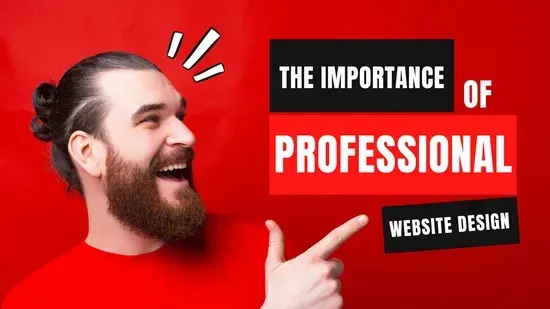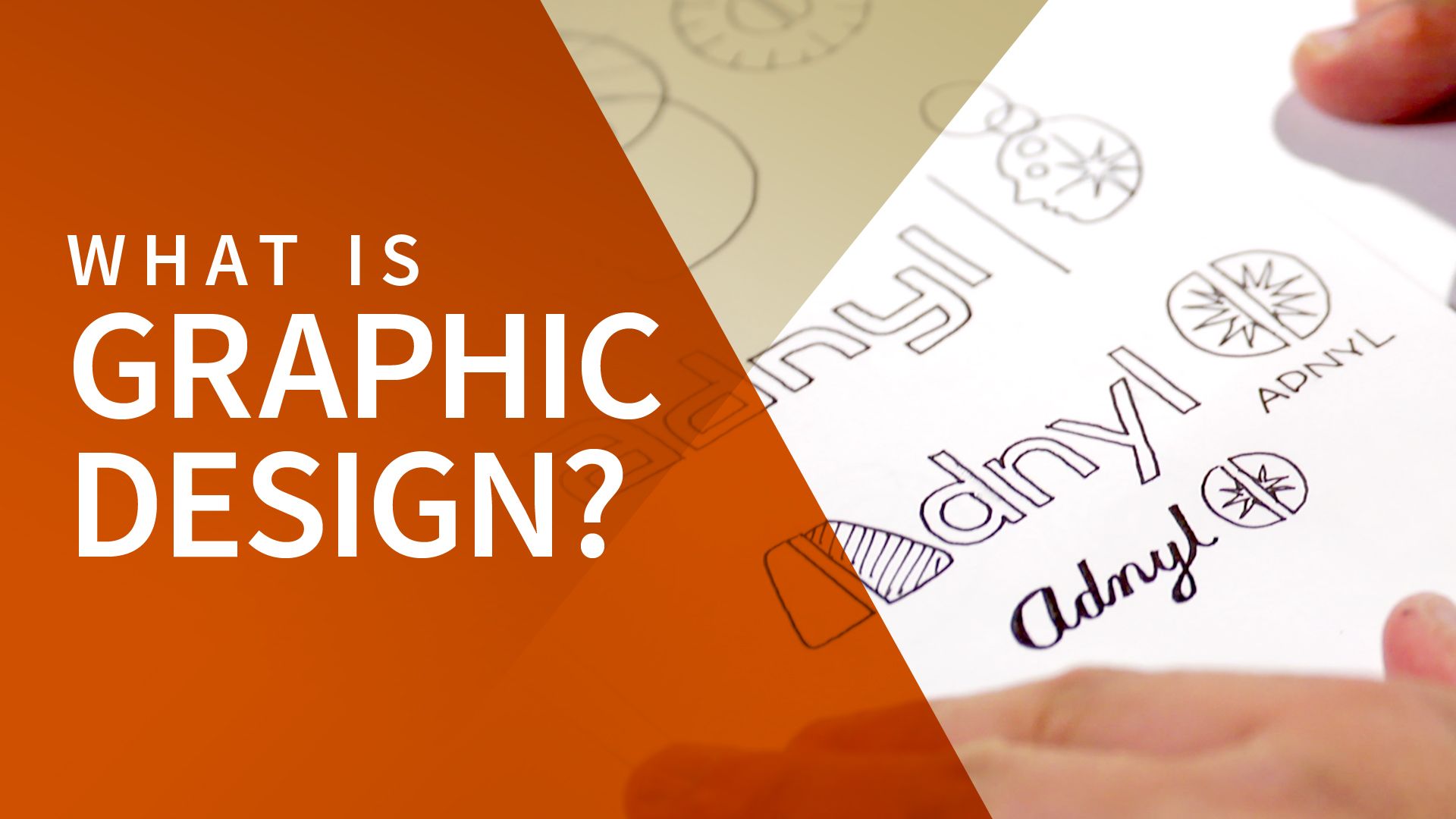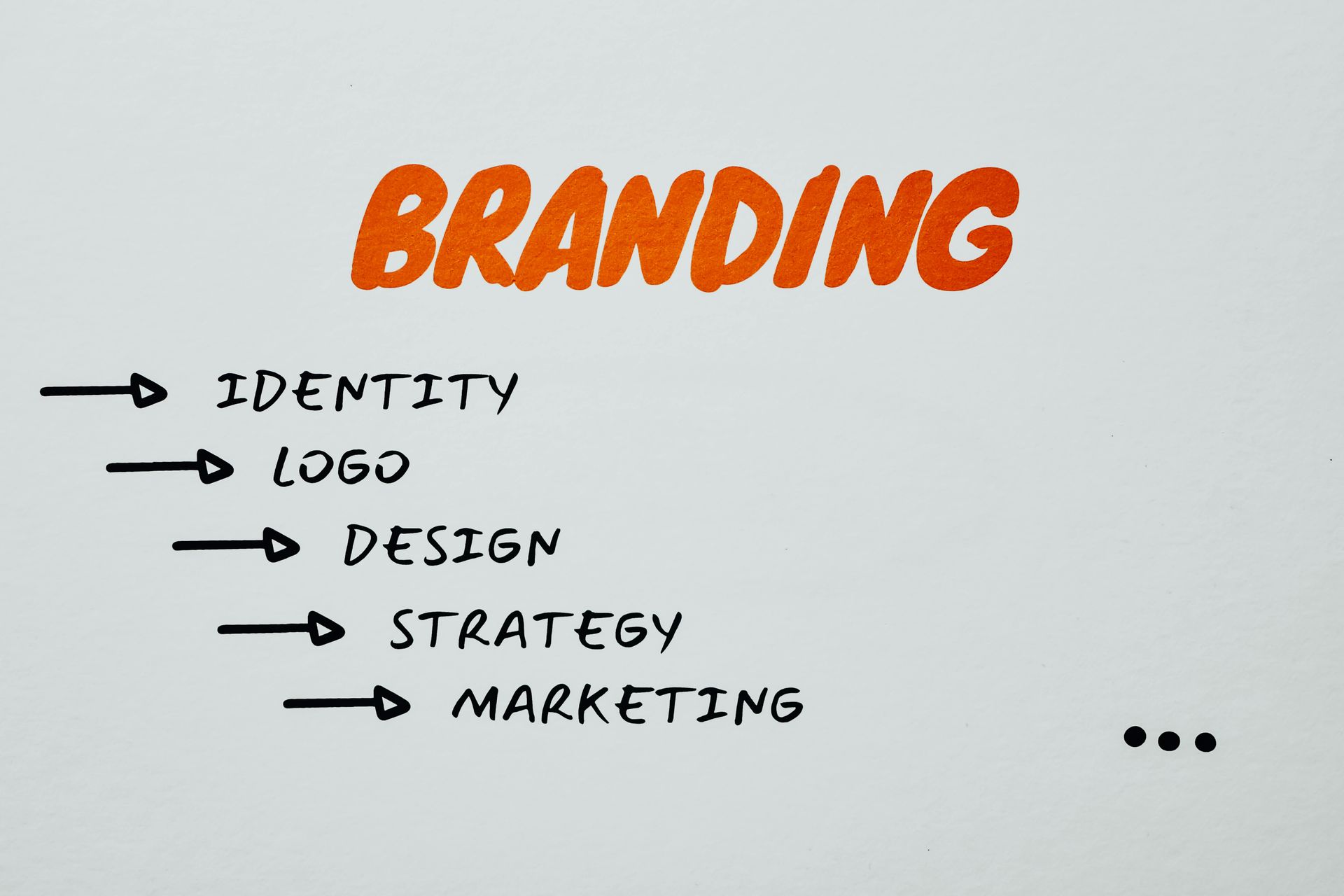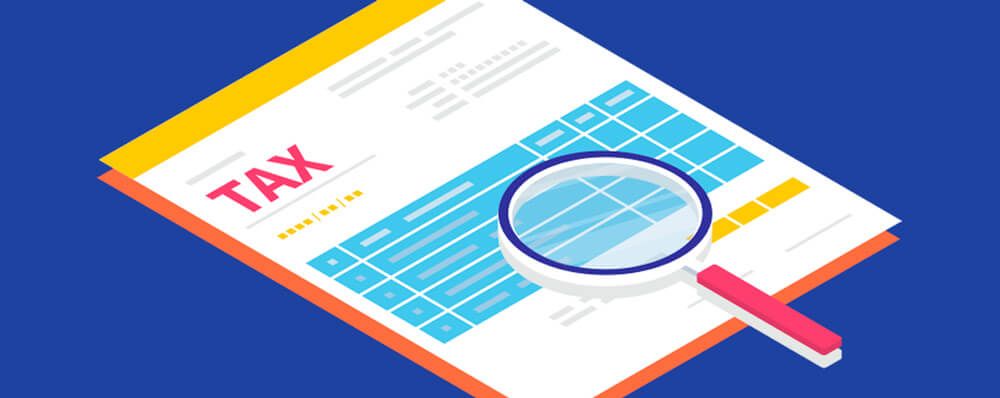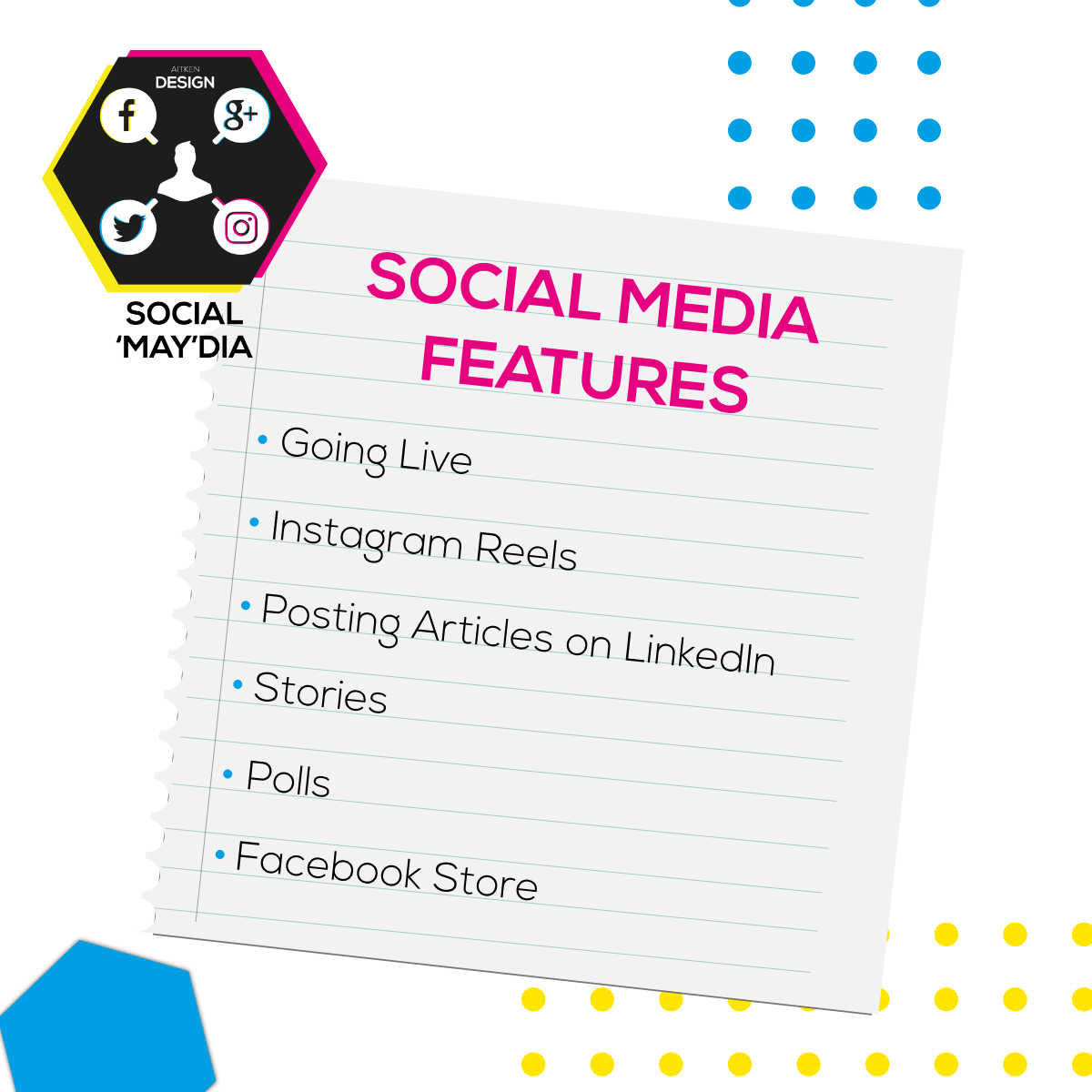Don't get left behind in the ever-shifting sands of marketing

Back to Basics: Why 2025's Marketing Trends Are Looking Familiar
The digital revolution transformed the marketing landscape, and the pandemic accelerated that shift dramatically. For a while, online marketing, email newsletters, and social media engagement reigned supreme. But as we move into 2025, a fascinating trend is emerging: businesses are rediscovering the power of tried-and-true marketing methods. They're going back to basics, embracing physical media, leaflet drops, business cards, and other tangible strategies, often seeing better results than their purely digital counterparts. Why is this happening, and what does it mean for your business?
The Digital Overload:
The sheer volume of online content has created a phenomenon known as "digital fatigue." Consumers are bombarded with ads, emails, and social media posts, leading to a sense of overwhelm and a tendency to tune out. Breaking through the noise has become increasingly challenging and expensive. While digital marketing remains a crucial component of any strategy, its effectiveness as a sole focus is waning for many.
The Tangible Touch:
In a digital world, the physical presence of marketing materials can be surprisingly impactful. A well-designed leaflet delivered through the door, a professionally printed business card exchanged at a networking event, or a thoughtfully crafted brochure left in a waiting room – these tangible interactions create a lasting impression in a way that a fleeting online ad often can't. They offer something concrete, something real, in a world that often feels ephemeral.
Building Trust and Credibility:
Physical marketing materials can convey a sense of professionalism and legitimacy. A high-quality business card, for example, speaks volumes about a company's attention to detail. A well-produced brochure can build trust by providing detailed information in a clear and accessible format. These tangible assets contribute to a sense of credibility that can be difficult to replicate online.
Targeting with Precision:
While online targeting can be incredibly granular, physical marketing offers its own form of precision. Leaflet drops can be targeted to specific geographic areas, ensuring that your message reaches the right audience. Networking events allow you to connect with potential clients face-to-face, building relationships and understanding their needs directly. This targeted approach can be particularly effective for local businesses.
The Power of Personal Connection:
In a world of automated emails and impersonal online interactions, the personal touch is more valuable than ever. Physical marketing allows for genuine connection. A handwritten note accompanying a brochure, a friendly conversation at a trade show, or a follow-up call after a leaflet drop – these personal interactions build rapport and foster long-term relationships.
Integrating the Old and the New:
The key to a successful marketing strategy in 2025 isn't necessarily about choosing between digital and physical; it's about integrating the two. Use physical marketing to generate leads and then nurture those leads online. Drive traffic to your website through QR codes on your printed materials. Use social media to amplify the reach of your physical campaigns. By combining the best of both worlds, you can create a powerful and effective marketing strategy.
What This Means for Your Business:
Are you seeing diminishing returns from your digital marketing efforts? Perhaps it's time to revisit some tried-and-true methods. Consider incorporating physical marketing materials into your strategy. Think about how you can create tangible experiences for your customers. Don't abandon digital entirely, but recognize the value of a balanced approach.
Need Help Navigating the Changing Marketing Landscape?
The marketing world is constantly evolving, and it can be difficult to keep up with the latest trends. At Aitken Design, we're experts in both digital and physical marketing strategies. We can help you develop a tailored plan that meets your specific needs and goals. Contact us today for a consultation and let us help you take your marketing to the next level. We can help you:
- Develop a comprehensive marketing strategy: We'll work with you to understand your target audience, your business objectives, and your budget to create a plan that delivers results.
- Design and produce high-quality marketing materials: From business cards and brochures to leaflets and banners, we can create visually appealing and effective materials that make a lasting impression.
- Implement your marketing campaigns: We can help you distribute your leaflets, manage your social media presence, and track the results of your efforts.
- Measure your ROI: We'll help you track the performance of your marketing campaigns so you can see what's working and what's not.
Don't get left behind in the ever-shifting sands of marketing. Embrace the power of tried-and-true methods, integrate them with your digital strategy, and partner with Aitken Design to achieve your business goals. Contact us today – we’re ready to help you rediscover the power of effective marketing.


